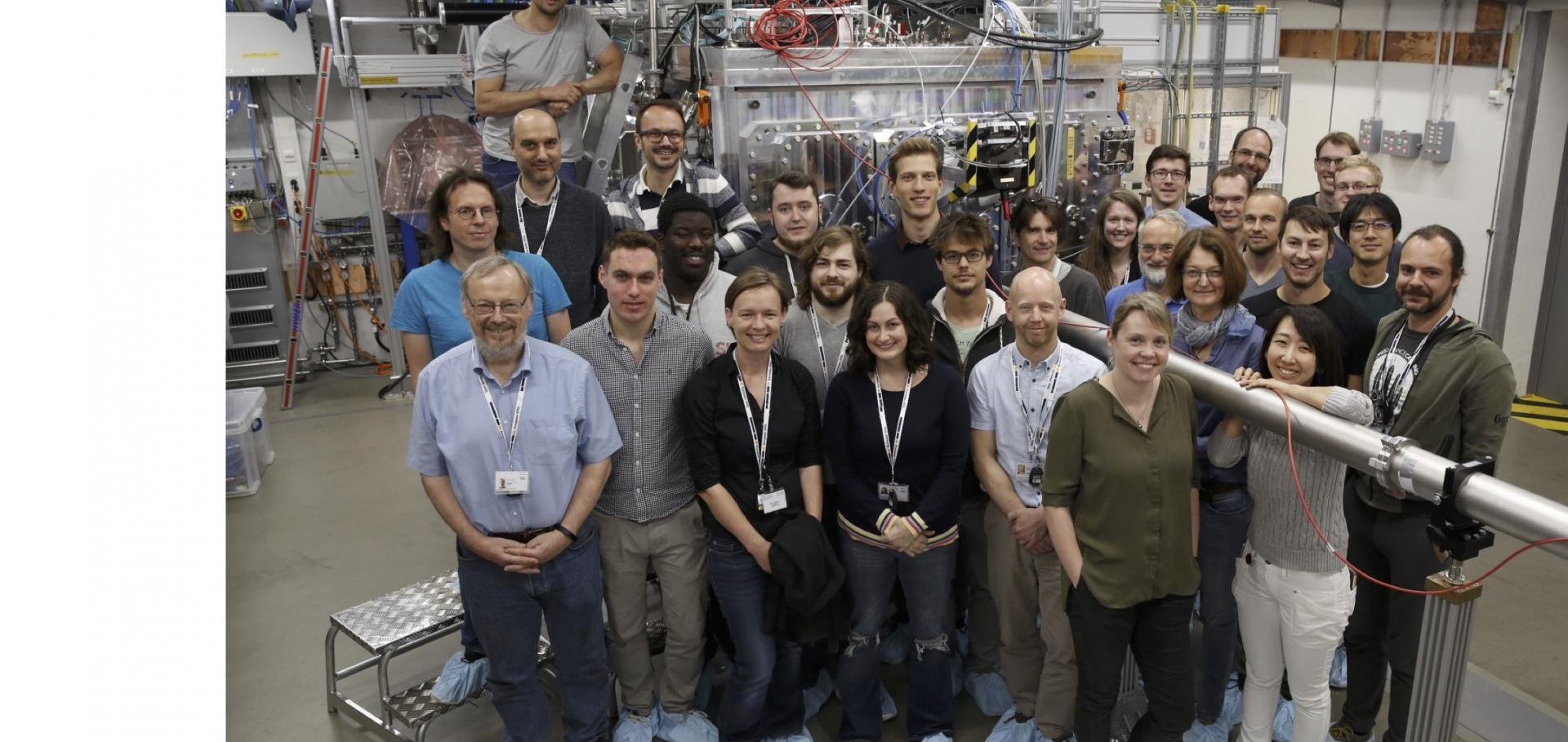Investigating Mechanisms of State Localization in Highly-Ionized Dense Plasmas
Simulations of Collisional Effects in an Inner-Shell Solid-Density Mg X-Ray Laser
Atomistic deformation mechanism of silicon under laser-driven shock compression
Abstract:
Silicon (Si) is one of the most abundant elements on Earth, and it is the most widely used semiconductor. Despite extensive study, some properties of Si, such as its behaviour under dynamic compression, remain elusive. A detailed understanding of Si deformation is crucial for various fields, ranging from planetary science to materials design. Simulations suggest that in Si the shear stress generated during shock compression is released via a high-pressure phase transition, challenging the classical picture of relaxation via defect-mediated plasticity. However, direct evidence supporting either deformation mechanism remains elusive. Here, we use sub-picosecond, highly-monochromatic x-ray diffraction to study (100)-oriented single-crystal Si under laser-driven shock compression. We provide the first unambiguous, time-resolved picture of Si deformation at ultra-high strain rates, demonstrating the predicted shear release via phase transition. Our results resolve the longstanding controversy on silicon deformation and provide direct proof of strain rate-dependent deformation mechanisms in a non-metallic system.Experimental observation of open structures in elemental magnesium at terapascal pressures
Abstract:
Investigating how solid matter behaves at enormous pressures, such as those found in the deep interiors of giant planets, is a great experimental challenge. Over the past decade, computational predictions have revealed that compression to terapascal pressures may bring about counter-intuitive changes in the structure and bonding of solids as quantum mechanical forces grow in influence1,2,3,4,5,6. Although this behaviour has been observed at modest pressures in the highly compressible light alkali metals7,8, it has not been established whether it is commonplace among high-pressure solids more broadly. We used shaped laser pulses at the National Ignition Facility to compress elemental Mg up to 1.3 TPa, which is approximately four times the pressure at the Earth’s core. By directly probing the crystal structure using nanosecond-duration X-ray diffraction, we found that Mg changes its crystal structure several times with non-close-packed phases emerging at the highest pressures. Our results demonstrate that phase transformations of extremely condensed matter, previously only accessible through theoretical calculations, can now be experimentally explored.Experimental observation of open structures in elemental magnesium at terapascal pressures
Abstract:
Investigating how solid matter behaves at enormous pressures, such as those found in the deep interiors of giant planets, is a great experimental challenge. Over the past decade, computational predictions have revealed that compression to terapascal pressures may bring about counter-intuitive changes in the structure and bonding of solids as quantum mechanical forces grow in influence1,2,3,4,5,6. Although this behaviour has been observed at modest pressures in the highly compressible light alkali metals7,8, it has not been established whether it is commonplace among high-pressure solids more broadly. We used shaped laser pulses at the National Ignition Facility to compress elemental Mg up to 1.3 TPa, which is approximately four times the pressure at the Earth’s core. By directly probing the crystal structure using nanosecond-duration X-ray diffraction, we found that Mg changes its crystal structure several times with non-close-packed phases emerging at the highest pressures. Our results demonstrate that phase transformations of extremely condensed matter, previously only accessible through theoretical calculations, can now be experimentally explored.


